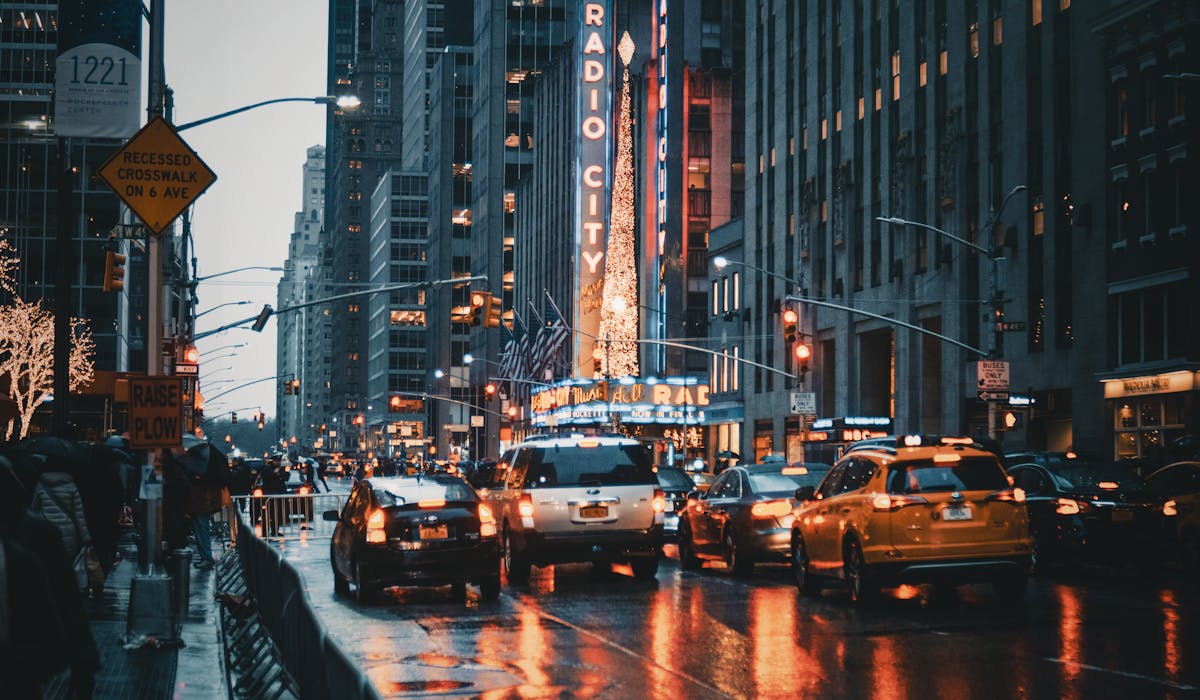The Greatest Guide To Framing Streets
The Greatest Guide To Framing Streets
Blog Article
The Framing Streets Statements
Table of ContentsFraming Streets for BeginnersSome Ideas on Framing Streets You Need To KnowNot known Incorrect Statements About Framing Streets The 5-Second Trick For Framing StreetsFraming Streets for DummiesThe 9-Minute Rule for Framing Streets
Photography category "Crufts Pet dog Program 1968" by Tony Ray-Jones Road digital photography (additionally occasionally called honest photography) is digital photography conducted for art or questions that features unmediated possibility experiences and arbitrary incidents within public areas, generally with the objective of capturing images at a definitive or emotional minute by careful framing and timing. 
, that was motivated to embark on a comparable documentation of New York City. As the city developed, Atget aided to advertise Parisian roads as a worthwhile topic for photography.

The Buzz on Framing Streets
Martin is the very first tape-recorded professional photographer to do so in London with a masked cam. Mass-Observation was a social study organisation established in 1937 which intended to videotape daily life in Britain and to record the reactions of the 'man-in-the-street' to King Edward VIII's abdication in 1936 to wed divorce Wallis Simpson, and the sequence of George VI. The principal Mass-Observationists were anthropologist Tom Harrisson in Bolton and poet Charles Madge in London, and their first report was created as guide "May the Twelfth: Mass-Observation Day-Surveys 1937 by over two hundred viewers" [] Window cleaner at Kottbusser Tor, Berlin, by Elsa Thiemann c. 1946 The post-war French Humanist School digital photographers found their subjects on the street or in the bistro. Andre Kertesz.'s extensively appreciated Images la Sauvette (1952) (the English-language Read Full Report edition was entitled The Crucial Moment) advertised the idea of taking a photo at what he labelled the "crucial minute"; "when kind and material, vision and composition merged right into a transcendent whole" - sony a7iv.
Framing Streets - Truths
, then an instructor of young kids, connected with Evans in 193839.'s 1958 book,, was considerable; raw and typically out of emphasis, Frank's pictures questioned conventional photography of the time, "tested all the formal policies laid down by Henri Cartier-Bresson and Pedestrian Evans" and "flew in the face of the wholesome pictorialism and genuine photojournalism of American magazines like LIFE and Time".
Report this page